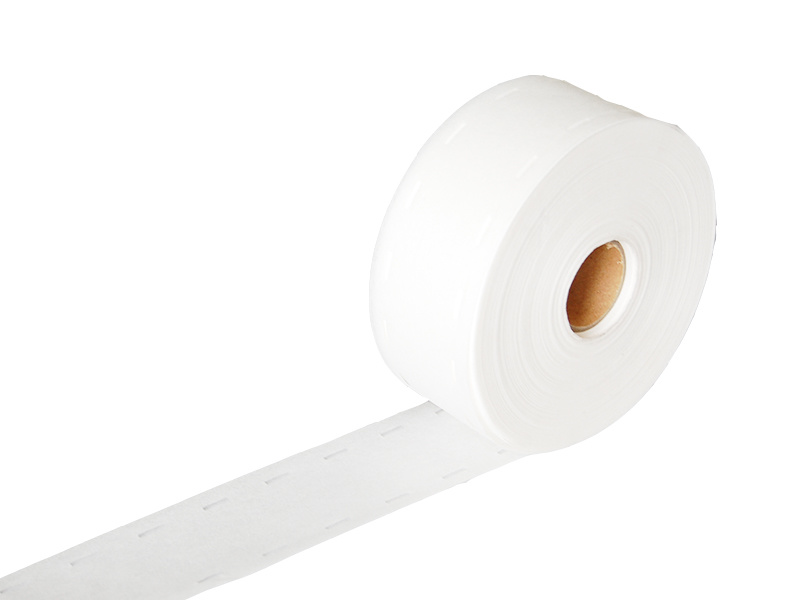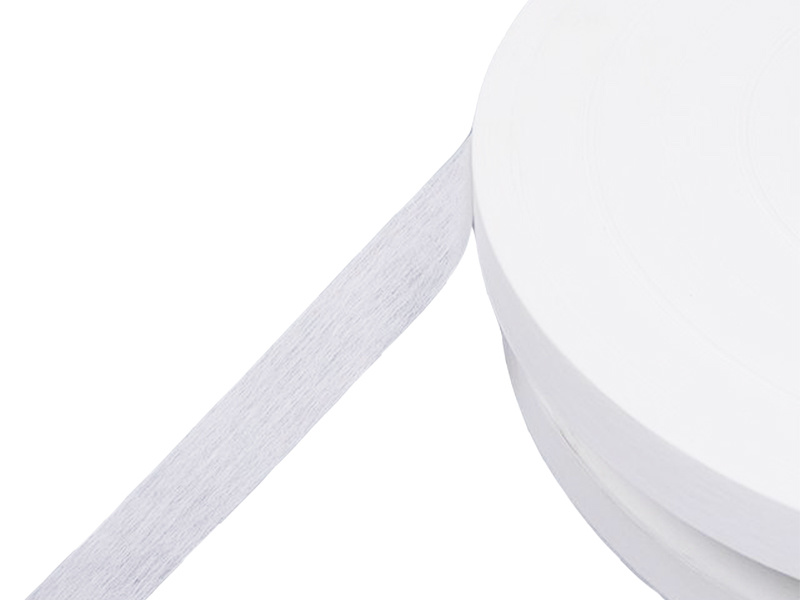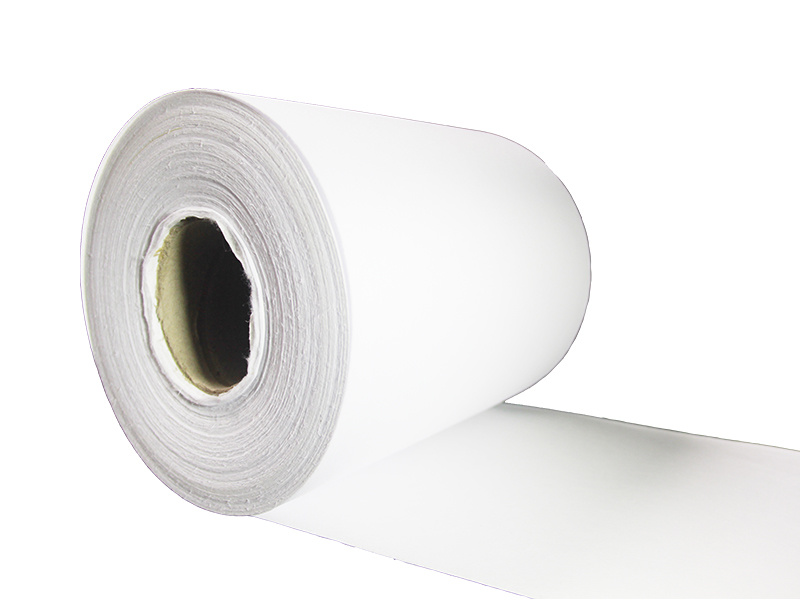Understanding Adhesive Interlining Nonwoven: A Guide for the Textile Industry
Release time:
2025-06-16
Adhesive interlining nonwoven is a vital component in the textile industry, particularly in garment manufacturing. It serves a crucial function by providing structure and support to various fabrics, enhancing their durability and overall appearance. Understanding this material's properties and applications can significantly benefit professionals working within this sector.
First and foremost, adhesive interlining nonwoven is characterized by its unique composition. Made from synthetic fibers, the nonwoven fabric is engineered to be lightweight yet strong. The adhesive component allows it to bond effectively with different types of fabrics, such as cotton, polyester, and blends, ensuring a secure attachment that withstands washing and wear.
One of the primary advantages of using adhesive interlining nonwoven is its versatility. This material can be used in a wide range of applications, from collars and cuffs to waistbands and hems. It is particularly useful in tailoring, as it helps maintain the shape and structure of garments, providing a polished finish. Additionally, this type of interlining can enhance the fabric's stiffness or softness, depending on the desired outcome, making it ideal for various styles and designs.
Moreover, adhesive interlining nonwoven offers significant time-saving benefits during the production process. Since it can be easily applied using heat or pressure, manufacturers can streamline their operations, reducing the labor and time required for traditional sewing methods. This efficiency not only contributes to cost savings but also allows for quicker turnaround times, an essential factor in today’s fast-paced fashion industry.
Another key consideration is the environmental impact of adhesive interlining nonwoven. Many manufacturers are increasingly focusing on sustainable practices, and the nonwoven technology can be adapted to utilize recycled materials or eco-friendly adhesives. This shift not only meets consumer demands for sustainable products but also aligns with industry regulations aimed at reducing waste and promoting responsible sourcing.
In conclusion, adhesive interlining nonwoven plays a critical role in the textile industry, offering a blend of strength, versatility, and efficiency. By understanding its properties and applications, textile professionals can make informed choices that enhance product quality while also considering sustainability. As the industry continues to evolve, staying updated on innovations in materials like adhesive interlining nonwoven will be essential for maintaining a competitive edge.
First and foremost, adhesive interlining nonwoven is characterized by its unique composition. Made from synthetic fibers, the nonwoven fabric is engineered to be lightweight yet strong. The adhesive component allows it to bond effectively with different types of fabrics, such as cotton, polyester, and blends, ensuring a secure attachment that withstands washing and wear.
One of the primary advantages of using adhesive interlining nonwoven is its versatility. This material can be used in a wide range of applications, from collars and cuffs to waistbands and hems. It is particularly useful in tailoring, as it helps maintain the shape and structure of garments, providing a polished finish. Additionally, this type of interlining can enhance the fabric's stiffness or softness, depending on the desired outcome, making it ideal for various styles and designs.
Moreover, adhesive interlining nonwoven offers significant time-saving benefits during the production process. Since it can be easily applied using heat or pressure, manufacturers can streamline their operations, reducing the labor and time required for traditional sewing methods. This efficiency not only contributes to cost savings but also allows for quicker turnaround times, an essential factor in today’s fast-paced fashion industry.
Another key consideration is the environmental impact of adhesive interlining nonwoven. Many manufacturers are increasingly focusing on sustainable practices, and the nonwoven technology can be adapted to utilize recycled materials or eco-friendly adhesives. This shift not only meets consumer demands for sustainable products but also aligns with industry regulations aimed at reducing waste and promoting responsible sourcing.
In conclusion, adhesive interlining nonwoven plays a critical role in the textile industry, offering a blend of strength, versatility, and efficiency. By understanding its properties and applications, textile professionals can make informed choices that enhance product quality while also considering sustainability. As the industry continues to evolve, staying updated on innovations in materials like adhesive interlining nonwoven will be essential for maintaining a competitive edge.
Adhesive Interlining Nonwoven
Previous Page
Previous Page
Latest News
Nantong Rainbow Technology Co., Ltd.
Telephone:+86-13587673537
E-mail:chrislc717@163.com
Address: Group 42, Xizansi Village, Xiting Town, Tongzhou District, Nantong City, Jiangsu Province

Copyright©2024 Nantong Rainbow Technology Co., Ltd. | Powered by www.300.cn
Copyright©2024 Nantong Rainbow Technology Co., Ltd.
Powered by www.300.cn





